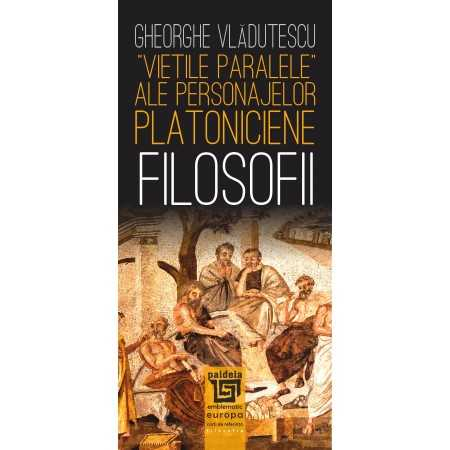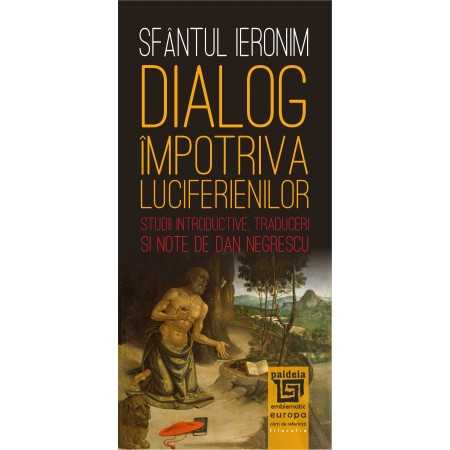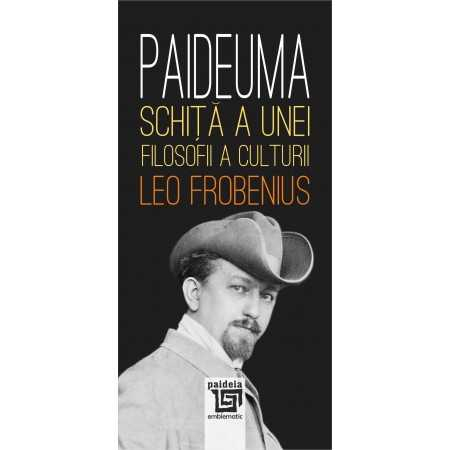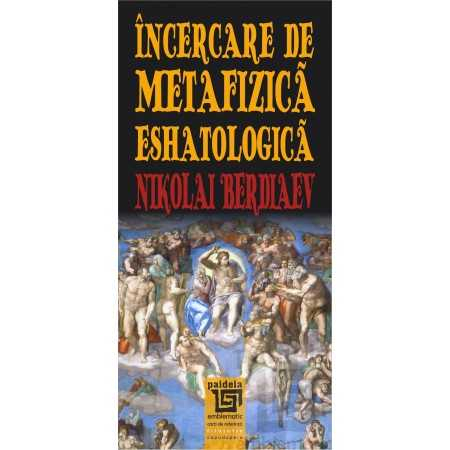ISBN: 978-973-749-801-4
Publisher year: 2009
Edition: I
Pages: 244
Publisher: Editura Universitara
Author: Octavian Baban
- Description
- Download (1)
- Where to find it
- Authors
- Reviews (0)
Greek, an Indo-European language is a fundamental language of European culture. Together with Hittite peoples, Greeks migrated to Europe around 2500 years BC Their language is documented from about 1400 BC Arrived in successive waves, Mycenaeans, Achaeans, Dorians, Ionians, etc.., Colonized mainland Greece, the Balkan peninsula coast, Asia Minor, large portions of the Mediterranean shores, building a civilization rich and war-divided, but at the same time , elevated artistic and philosophical, which was expressed through a variety of Greek dialects (the main Greek dialects are: Aeolos, Doric, Ionic and Attic). Southern dialects of the Greek language group includes dialects ion, attic and arcado-Cypriot, Northern dialects include Eolica dialects, Doric dialect of Greek and Western. Although artists and important Greek philosophers wrote works in all dialects, Attic dialect, spoken around Athens, stands as the most elevated and most prestigious.
The New Testament book of the root of Christianity, but was written in Koine dialect, a dialect developed from the Attic dialect changes after conquest and cultural and economic interaction of Greek and Macedonian peoples in the Middle East. This dialect came to be used in the Mediterranean basin, especially in the Asia Minor and North Africa. This dialect contains Semitic influences in vocabulary and rhetoric, both due to adjustments in the normal development of the Greek language in space and space due to Asian cultural interaction Hellenistic civilization (space after the conquests of Alexander the Great). Following these interactions, Koine dialect came to reflect more trends speech of everyday life than thinking sophisticated style, although much has been written in this dialect works of philosophy, geography, history, literature (cf. Polibius, Strabo , Plutarch, etc..).
Koine language was developed as a practical language, vocabulary and syntax rich with loans, and a simplified grammar from classical Greek. Rules were not arbitrary but fixed them, transmitted through schools and through literary works. Perceived influences on vocabulary and spelling and syntax changes, phonetic, etc.., Continued over time and are found in the evolution of modern Greek language.
Among the major differences from Attic dialect can enumerate the following: double consonants tt Attica group of root words turns into double sigma - gg, final consonants euphoric-q and-v in sstiv outwq and came to be added regardless of whether they were followed by a word beginning with a vowel or beginning with a consonant one; Kalcoq adverb (well) gradually replaced the traditional term too. Similarly, the adjective SGxatoq (ultimate end) replaced older forms teleutouoq, ustatoq; noun ppopatov (sheep) took place oiq old format, numeral cardinal eiq (a) became equivalent to the indefinite pronoun-tiq (one, one ), etc..
Dual plural forms disappeared and left only those of ordinary plural. Next time use became increasingly restricted, and the optative was progressively replaced by the subjunctive mode, also tend to be preferred instead of how imperative. Time aorist verbs endings show preference for use in conjunction Kou a. (also) became more common and more nuanced (Semitic influence). Conjugation of verbs in-wa became predominant, and transitions occurring verbs in-ua to conjugation in - w (aqnriua - aqnco, to forgive, both forms are present in the NT).
In terms of writing, followed Koine dialect of ancient Greek rules, manuscripts of the New Testament, as works of Aristotle, Plato, or Thucydides's, or Pausanias, Strabo, etc.., Were written in ounces (capital letters) without spaces between words (cursive writing was not used only V-VI century). Thus, a sentence such as 'God is the Lord' was written about, O0EOSESTINOKYPIOS, not a 0EOS ESTIN A KYPIOS (text in italics was: o6sovsativoKupiov). Punctuation was minimized, and for well-known words, they used abbreviations, such as: 0S for 0EOS - God, KS for KYPIOS, Sir, etc.. Previous sentence could be written, so the form O0SESTINOKS. Such writing make reading and writing texts in an activity that required training, effort and attention to decipher.
The material presented in this volume aims to equip students with the knowledge and skills required to read and translate the New Testament texts in Greek. For this, the material takes the form of a short series of lessons focused on morphology Koine dialect, with some - but limited - syntax elements, with many examples of NT text, illustrating various parts of grammar and stresses the value of NT exegetical study of grammar. The manual seeks to assist students to make a first step towards understanding the letter, language and spirit of the New Testament, a step that can be continued later through the study of syntax and biblical exegesis, as well as dynamic translation of the NT.
-
Exegesis - Introducere în limba greacă a Noului Testament
Download
- Anticariat online
-
SC Atlas Group Distribution SRL– Bucuresti
-
SC Astro Impex SRL- Bucuresti
-
SC Nicol Cart SRL – Bucuresti
-
SC Larry Cart SRL – Bucuresti
-
SC Rolcris Impex SRL – Bucuresti
-
SC Stand Agentie Difuzare Carte – Bucuresti
-
SC Vox 2000 Com SRL – Bucuresti
-
SC Maricom 94 SRL – Bucuresti
-
SC Mario Fair Play Impex SRL – Bucuresti
Customer Support Monday - Friday, between 8.00 - 16.00
0745 200 718 0745 200 357 comenzi@editurauniversitara.ro
6359.png)
![Exegesis - Introduction to New Testament Greek - Octavian Baban [1] Exegesis - Introduction to New Testament Greek - Octavian Baban [1]](https://gomagcdn.ro/domains/editurauniversitara.ro/files/product/large/exegesis-introducere-n-limba-greac-a-noului-testament-2510-1195.jpg)














